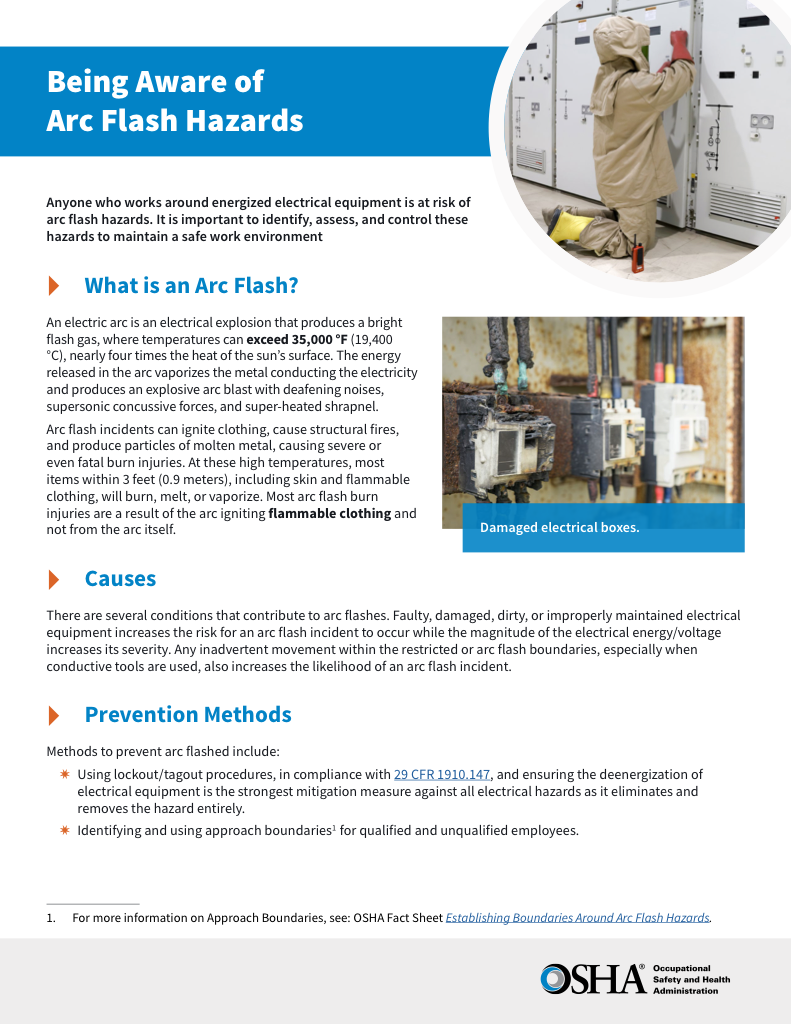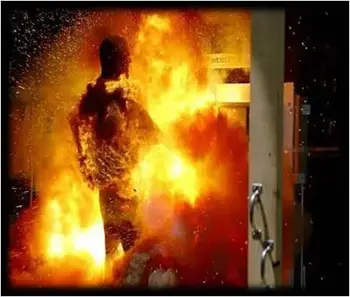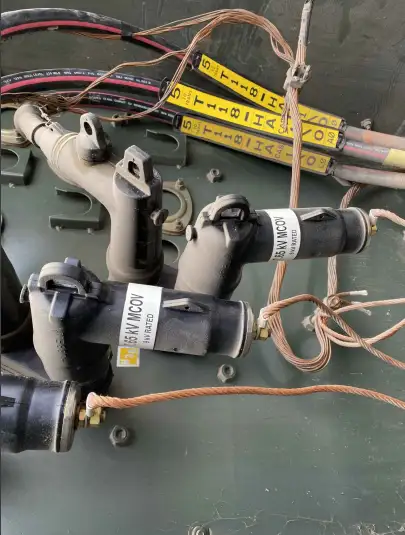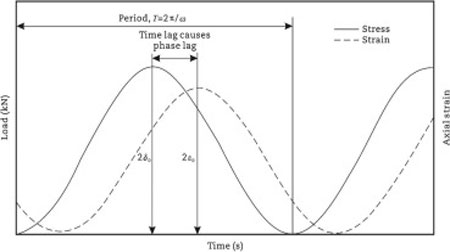Incident Energy Analysis Explained
By R.W. Hurst, Editor

CSA Z462 Arc Flash Training - Electrical Safety Essentials
Our customized live online or in‑person group training can be delivered to your staff at your location.

- Live Online
- 6 hours Instructor-led
- Group Training Available
Download Our OSHA 4475 Fact Sheet – Being Aware of Arc Flash Hazards

- Identify root causes of arc flash incidents and contributing conditions
- Apply prevention strategies including LOTO, PPE, and testing protocols
- Understand OSHA requirements for training and equipment maintenance
Incident energy analysis calculates the potential arc flash thermal energy (cal/cm²) at specific equipment points. This process defines arc flash boundaries, determines PPE levels, and guides safe work practices to meet NFPA 70E and CSA Z462 compliance while reducing burn and shock risk.
What is Incident Energy Analysis?
Incident energy analysis is the technical backbone of any effective arc flash safety program. It goes beyond defining energy levels; it is a structured, standards-based procedure that evaluates the actual thermal hazard posed by arc flash incidents in a given electrical system.
✅ Calculates arc flash energy (cal/cm²) based on system voltage, fault current, and clearing time,as outlined in our arc flash study requirements.
✅ Defines arc flash boundaries and PPE requirements per NFPA 70E/CSA Z462
✅ Identifies high-risk equipment needing arc flash mitigation strategies
The results of this analysis inform decisions about PPE, safe working distances, arc flash labels, and mitigation strategies. Most importantly, they help protect workers and ensure compliance with NFPA 70E and CSA Z462 regulations. For a comprehensive explanation of incident energy and its significance, refer to our detailed guide.
For a comprehensive overview of how this process fits into the overall arc flash prevention strategy, refer to our complete arc flash analysis guide.
Request a Free Training Quotation
Frequently Asked Questions
Incident Energy Analysis
Unlike a general explanation of incident energy, which describes the amount of heat released during an arc flash, an incident energy analysis focuses on calculating that energy precisely at every point in an electrical system. This is not a theoretical discussion—it is a formal study conducted by safety professionals or engineers, utilizing detailed system data and recognized methods, such as IEEE 1584.
Electricity Today T&D Magazine Subscribe for FREE

- Timely insights from industry experts
- Practical solutions T&D engineers
- Free access to every issue
An accurate incident energy analysis helps determine the arc flash risk level at each point in an electrical system by quantifying the thermal energy workers may be exposed to during an arc event. Using the IEEE 1584 model, engineers assess multiple variables, such as short circuit energy, clearing time of protective devices, and working distance between the worker and the arc source, to calculate the expected incident energy per cal/cm². These calculations provide a precise exposure value that guides labelling requirements, risk mitigation strategies, and safe work practices.
This analysis is essential in identifying specific locations where arc flash exposure could exceed safety thresholds. It plays a vital role in assigning arc flash boundaries, labelling requirements, and PPE categories. For foundational context, review our incident energy primer.
How Is Incident Energy Calculated?
Calculating incident energy is not a casual estimate—it’s a rigorous, standards-based procedure carried out as part of an arc flash study. The most widely adopted method is the IEEE 1584 Guide for Performing Arc-Flash Hazard Calculations, which is the industry benchmark for determining both incident energy levels and arc flash boundaries across different equipment types and voltage classes.
To perform an incident energy analysis, the following inputs must be accurately gathered:
-
Maximum available fault current at the equipment location
-
Protective device clearing time during a fault
-
Distance between the arc source and the worker (working distance)
-
Equipment configuration and enclosure type (e.g., open air, box, MCC)
-
Grounding method used in the electrical system
-
Duration of the arc flash event (dependent on protection speed)
-
Work task type and position, which affects energy exposure
-
Type of arc-rated PPE worn by the worker for validation or modelling
This calculation is typically carried out using specialized software which automates the IEEE 1584 equations for accuracy and consistency across the facility.
What Standards Govern the Analysis?
What sets incident energy analysis apart from general electrical safety evaluations is its granularity and site-specific detail. Instead of assuming uniform energy levels across a facility, this analysis pinpoints exact exposure values based on actual system characteristics.
For example, two identical panels may have entirely different incident energy levels if one is fed through a faster-acting breaker or protected by current-limiting fuses. This site-specific precision is crucial for ensuring compliance and protecting workers.
To understand how this analysis supports broader safety goals, refer to our Arc Flash Risk Assessment Guide.
Step-by-Step Breakdown of the Analysis Process
Conducting an incident energy analysis involves a series of systematic steps. Each step must be handled with precision to ensure the results accurately reflect the risks present in your facility.
1. Site Data Collection
Before any calculations can begin, a detailed collection of field data is required. This includes information on all relevant electrical equipment, their ratings, fault levels, protection devices, and breaker coordination settings. The accuracy of the entire analysis depends on the integrity of this baseline data.
-
Equipment types and nameplate data
-
Protective device settings
-
Grounding and system configuration
-
Utility and transformer fault contributions
2. Single-Line Diagram Review
Once system data is collected, it is mapped onto a single-line diagram, which represents the entire electrical distribution system. This diagram becomes the foundation for modeling and simulation. Every arc flash hazard study must include an updated, verified one-line drawing to maintain accuracy.
3. Short Circuit and Coordination Studies
An incident energy analysis depends on two prior studies: short-circuit analysis and protective device coordination. These identify how much current will flow during a fault, and how quickly protective devices will clear the fault.
FREE EF Electrical Training Catalog
Download our FREE Electrical Training Catalog and explore a full range of expert-led electrical training courses.

- Live online and in-person courses available
- Real-time instruction with Q&A from industry experts
- Flexible scheduling for your convenience
-
Fault current values determine the energy source
-
Clearing time determines arc duration
-
Both values directly impact the calculated incident energy
For more on upstream requirements, visit our arc flash study requirements guide, which explains mandatory study components and timelines.
4. Incident Energy Calculations Using IEEE 1584
This is the core of the analysis. IEEE 1584-2018 provides a standardized approach to calculating incident energy values across various voltage ranges and equipment types. Using advanced software, the system model is run under arc flash conditions, and energy exposure is calculated at each bus or panel.
These calculations reveal the cal/cm² values used to assess PPE requirements and determine the extent of arc flash boundaries. They also influence which areas of the system require urgent risk mitigation.
Once the incident energy is established, it is mapped to a corresponding NFPA 70E hazard category, which defines the minimum required protection for energized tasks. The PPE arc rating must equal or exceed the calculated exposure level to prevent thermal injury. This process ensures that all personnel are equipped with gear appropriate to the severity of the electrical hazard present at each task location. By basing these decisions on real system data and IEEE standards, facilities can build safety programs that are both compliant and defensible.
Applications and Outcomes
The results of a hazard energy analysis are not just theoretical—they directly influence real-world decisions about how to operate, maintain, and protect electrical systems. Here’s how organizations use the results:
-
Determine the arc flash boundary distance for each piece of equipment
-
Assign proper PPE categories using NFPA 70E tables or direct cal/cm² values
-
Implement warning labels for all serviceable electrical panels
-
Evaluate options for reducing risk through design changes or mitigation technologies
This analysis also forms the basis of your arc flash hazard analysis, ensuring your safety plan is built on real data, not assumptions.
Understanding Arc Flash Boundaries
Based on the incident energy results, the arc flash boundary defines the safe approach distance for unprotected workers. It is calculated to mark the threshold where exposure equals 1.2 cal/cm²—the point at which a second-degree burn can occur. Knowing this boundary is crucial for effective task planning and the proper use of PPE. When using the method, we must consider the arc flash boundary, which is the distance from the arc source within which a worker is likely to receive second-degree burns from the thermal radiation of the arc flash. The arc flash boundary is calculated based on the incident energy and can be expressed in feet or meters. Therefore, the arc flash boundary is essential when developing an electrical safety program and implementing protective measures.
Compliance and Legal Requirements
In both the United States and Canada, safety standards demand a formal incident energy evaluation. OSHA references NFPA 70E as the de facto standard for electrical safety in the workplace, and the Canadian equivalent, CSA Z462, requires similar practices.
A proper analysis ensures that:
-
Labels meet NFPA 70E and CSA Z462 formatting rules
-
PPE assignments match incident energy levels and working distances
-
Workers receive relevant arc flash analysis training based on site-specific risks
Failing to perform a documented analysis can expose your organization to citations, legal liability, and, most importantly, danger to personnel.
Why This Analysis Matters
Every year, workers suffer serious injuries and fatalities from arc flash incidents, often because they weren't wearing the right PPE or didn’t know the boundary limits. These tragic outcomes are preventable.
A formal thermal exposure evaluation provides the knowledge needed to:
-
Engineer safety into your facility
-
Empower qualified workers to make informed decisions
-
Demonstrate due diligence in protecting human life
When combined with broader arc flash analysis and risk evaluation tools, this analysis becomes the cornerstone of a modern, compliant, and life-saving electrical safety program.
Related Articles
Explore our Arc Flash Training Programs or contact us to Request a Free Training Quotation for group safety sessions and PPE consultation.










